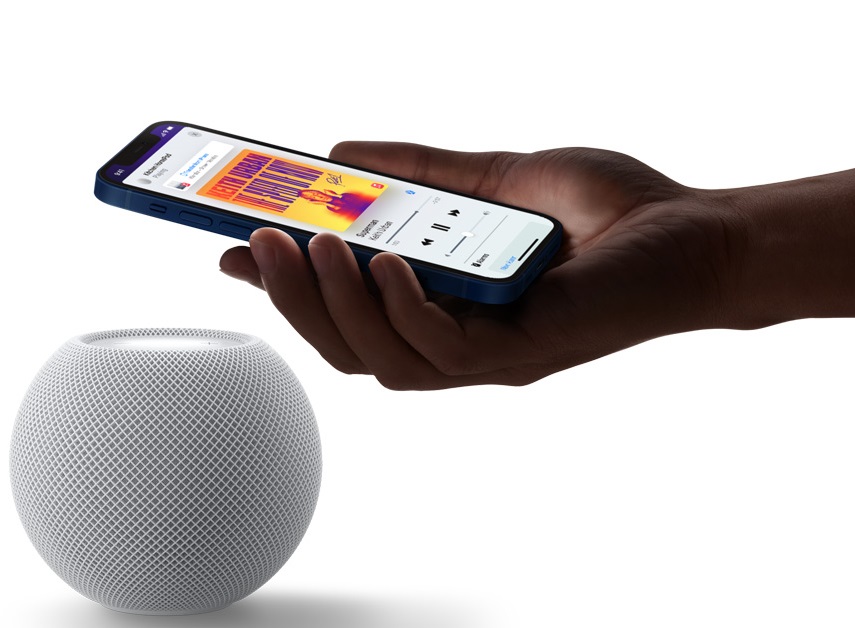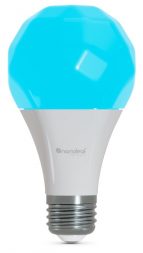
Are you ready to learn about new technology? Learning is fun! And it is especially fun if it solves a growing problem in your household. That problem is the network congestion and inconsistent connections of all your smart home devices. Thread is meant to fix that problem. Here’s what you need to know about Thread.
What is it?
Thread is a network protocol. They are a set of rules that dictate how certain devices connect and talk with each other on a network. And in this case, the network protocol is designed for the Internet of Things (IoT).
You’re wondering what this is, I suspect. Well, the Internet of Things is the collection of web-connected devices in your smart home. Your smart thermostat is a part of it. So is your doorbell with the webcam built into it, and the light switch you can control with your tablet. The Thread protocol would allow them all to connect to a dedicated, low power Wi-Fi network in your home.
Thread is a mesh network protocol, so each device added to it is an access point for the other devices. So, you’ll get better connectivity for your devices that are farther from the router.
Why does it exist?
You need to imagine a dozen different people all trying to make a phone call at the same time, each of them speaking in a different language. That’s what the IoT is like right now. Each company has its own method of connecting their device to your home network. Sometimes all the devices get along nicely, and sometimes they don’t. And worse, it only takes one device with a poor security design to compromise your whole network.
Thread is the common language that will get all your devices talking to each other and the world. A Thread network allows any device to connect securely, and it gives the IoT device manufacturers a clear connectivity standard to follow. As an example, the company Nanoleaf is using Thread in its devices.
Do I need it?
Are you a fan of the idea of a smart home? Then you’re going to need to plan ahead for the future where you have a multitude of connected devices spread out all over your living space. A Thread network will make adding new devices—and keeping them all connected and secure, a lot easier.
Will it be future-proof?
Yes. The great thing about an industry standard is consistency. The group that oversees the protocol and design of Thread won’t make any dramatic sudden changes, and the device manufacturers will be more than happy to focus on other features and improvements. You will see regular security updates to keep your network secure, but no surprise new feature rollouts that disconnect your old devices.
Will I need a dedicated router?
I wondered this when I first started looking at Thread. I didn’t want to buy a second router that was exclusively for my IoT devices. The good news is that you probably won’t need to buy another router. Any Thread device can have wireless router functionality built into it without impacting performance. The Apple HomePod mini is just such a device. So as long as one of your IoT devices has router functionality, you are good to go. And there are existing routers, like the Google Nest Wi-Fi Router, that are already Thread-enabled.
How will Thread make my smart home better?
You want to know how Thread-enabled devices will make your smart home better. That’s a very fair question. Here are a few of the ways you’ll see benefits from Thread.
Better network connectivity
Each Thread device connects to every other nearby Thread device, forming a mesh network. So when you add a new device, it will join the network by connecting to the closest Thread device instead of your router or hub. This extends the overall range of your smart home network, and reduces the network congestion at your router or hub. You won’t be limited by your smart home device’s proximity to your router anymore.
Longer battery life
Many of your smart home devices use batteries for power. Your Thread network is low power, so your device batteries will last a lot longer than a comparable Bluetooth-connected device.
Faster response time
In addition to being low power, the Thread network is also very high speed. So that means less lag between your request for the lights to dim and the lights getting dimmer. As you add more devices to your smart home, you’ll see an increasing benefit to minimizing lag and network congestion.
What’s the difference between Thread and Matter?
Just when you thought you understood the current technology, a new one comes out. This newest technological standard is called the Matter protocol. And it’s common for people to wonder if Thread and Matter are competing technologies. In fact, they are complementary systems. Thread is the network, while Matter is the set of rules used to connect and use the network. Picture your home as a city: your smart home devices are the buildings, Thread is the network of roads connecting them, and Matter is like the traffic laws.
And the folks making smart home devices are excited for the common standards of Thread and Matter. Here’s a quick interview with Gimmy Chu, the CEO of smart lighting company Nanoleaf.






